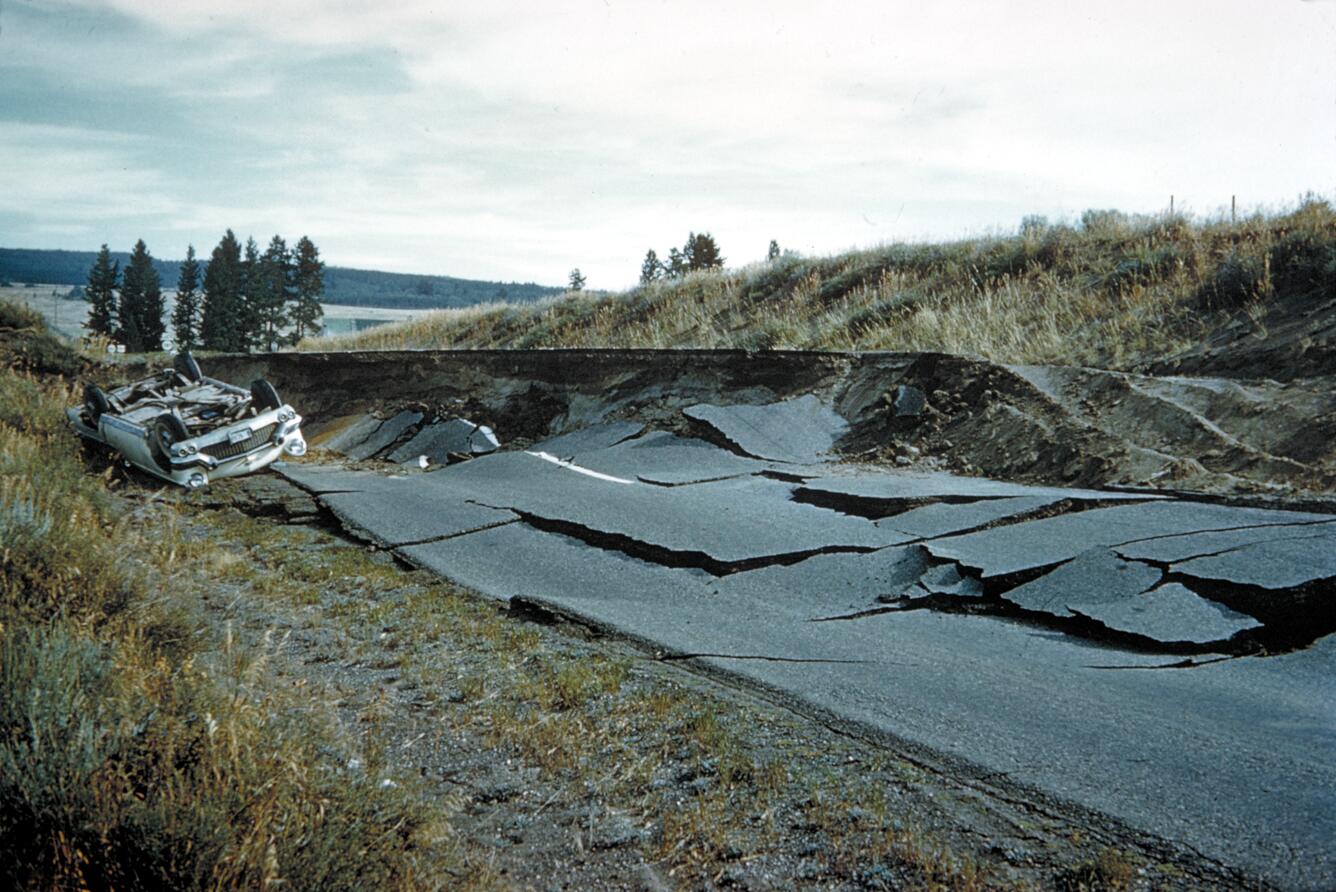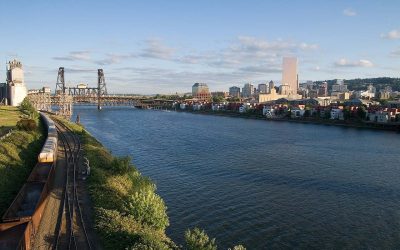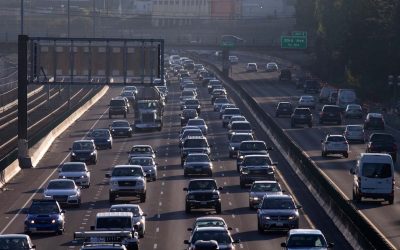Grocery stores will be empty, gas stations will be out of gas, and roads in and out of western Oregon will be so damaged that travel by road will likely be impossible for months, or potentially even years afterwards.
Are you prepared for the "big one?" We hear about the massive earthquake expected along the Cascadia Subduction Zone all the time. Many people think, "I’ll deal with it when it comes," but are you truly ready? Most people aren’t, and when "the Big One" strikes, the reality could be devastating, especially for Oregon’s critical infrastructure like roads and highways.
The Cascadia Subduction Zone, a 700-mile fault lying off the coast from northern California to British Columbia, is capable of producing a magnitude 9.0 earthquake. The last time it unleashed its fury was in 1700, causing the coastline to drop and generating a massive tsunami. More than 300 years later, the clock is ticking toward another rupture. Current research estimates a 15 to 20 percent chance of a major quake along the section of the fault off of central and northern Oregon in the next 50 years. The consequences of such an event won’t just devastate coastal communities, they’ll ripple across the entire Pacific Northwest, including Central Oregon.
What Is the Cascadia Subduction Zone?
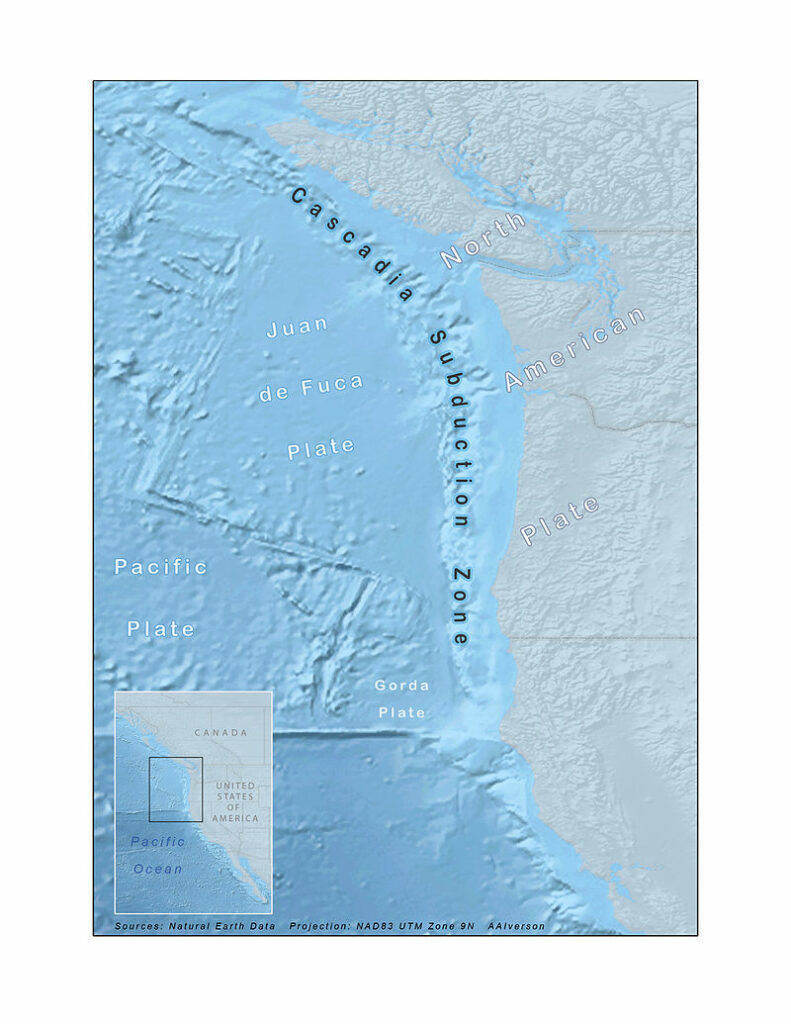
The Cascadia Subduction Zone is where two massive tectonic plates — the Juan de Fuca Plate and the North American Plate — meet, just 70 to 100 miles offshore from Oregon. These plates are constantly in motion, and as the denser oceanic plate slides beneath the continental plate, immense pressure builds. Over time, the plates lock, trapping energy until it releases in a colossal rupture. This type of boundary, called a subduction zone, produces the most powerful earthquakes on Earth.
When the plates finally slip, the energy release is enormous. The rupture can stretch hundreds of miles, sending shockwaves across the region and triggering a tsunami. In the case of a full-margin rupture along Cascadia, the earthquake could easily reach magnitude 9.0 or higher, delivering destruction far and wide.
Ok, But How Powerful Can A 9.0 Earthquake Really Be? Is It That Big Of A Deal?
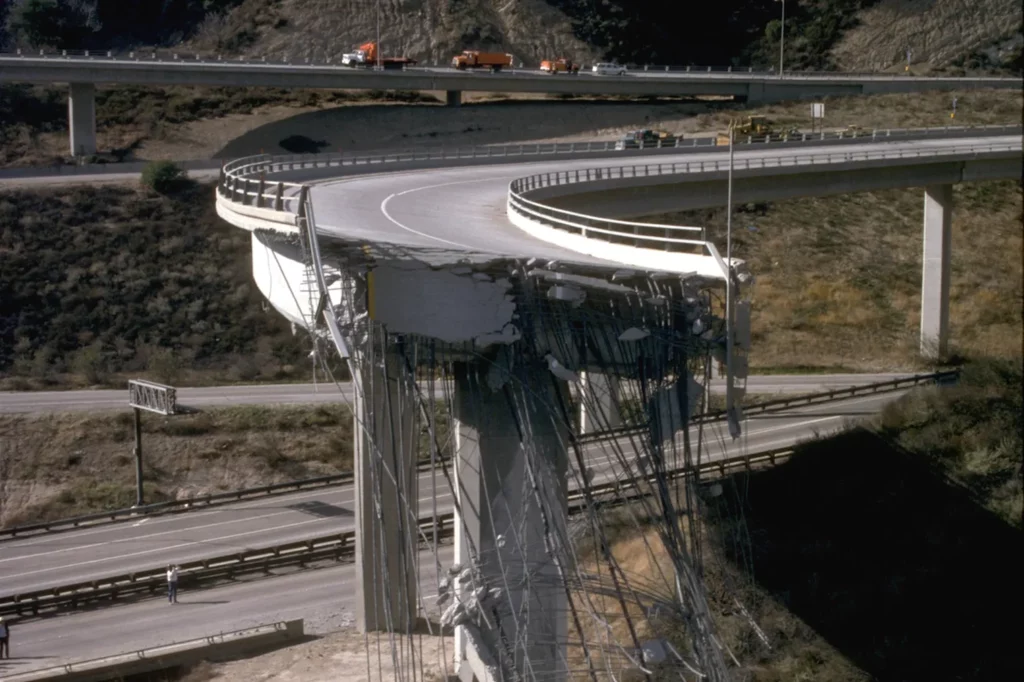
A magnitude 9.0 earthquake isn’t just another tremor. It releases about 1,000 times more energy than a 7.0 quake. The shaking can last for five minutes or more, leaving few, if any, masonry structures intact. Bridges, highways, and other critical infrastructure is likely to crumble, and entire areas of Oregon could be left unrecognizable.
To put it into perspective, the energy released by a magnitude 9.0 quake is exponentially greater than what most people have ever experienced. If a magnitude 3.9 quake is comparable to the weight of a single grain of sand, a magnitude 9.0 would equal a hundred million grains of sand. It’s a level of destruction so vast that it’s hard to comprehend without witnessing it firsthand.
Oregon West Of The Cascades Could Be Cut Off - The Highway Crisis
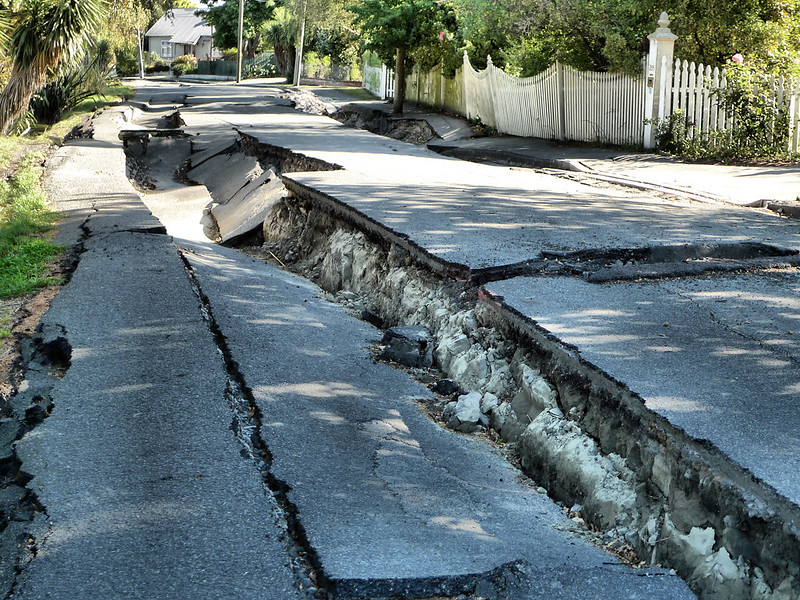
One of the most significant issues following a massive quake in Oregon will be transportation. Oregon’s highways, critical lifelines for food, fuel, and medical supplies from the rest of the country, could be left in tatters. Landslides, bridge collapses, and overpass failures could render many roads in western Oregon impassable. Major arteries like Highway 101, Interstate 5, and most east to west routes linking the coast to inland areas may be out of commission.
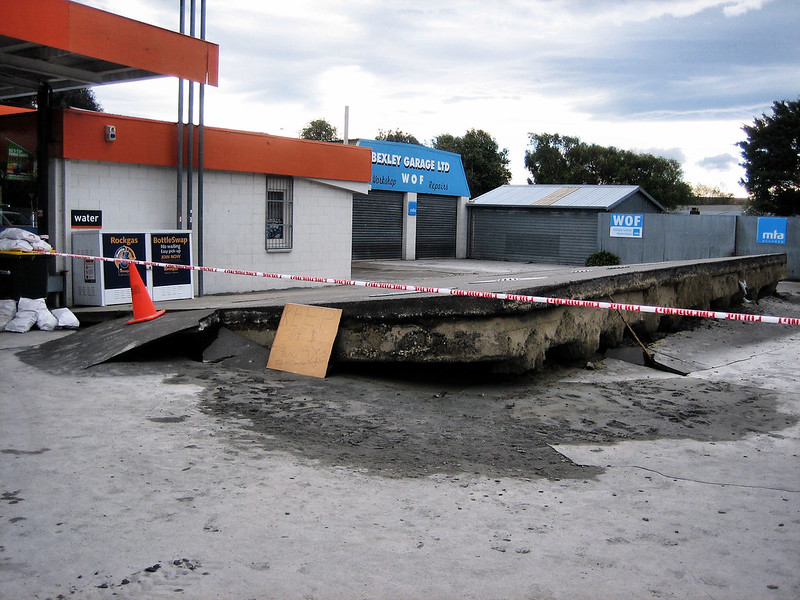
Amid this chaos, Highway 97 on the east side of the Cascades might emerge as the sole functional north to south route in the state. Stretching along Central Oregon’s high desert, it could become the backbone of transportation, replacing Interstate 5 as the primary corridor for movement and supplies. However, even this highway could face challenges as resources get stretched thin to maintain its usability.
So Is Central Oregon Safe From A Major Cascadia Subduction Zone Earthquake?
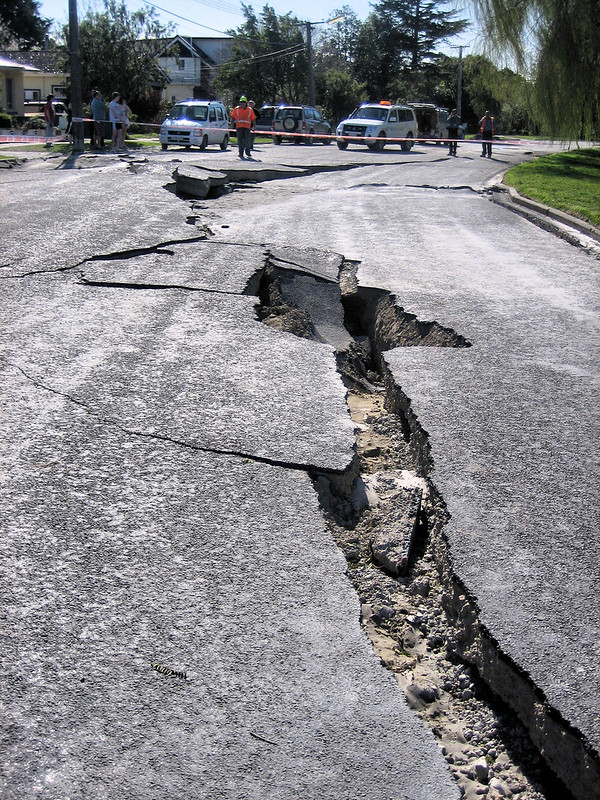
Cities in central Oregon like Bend sit over 150 miles inland, which might seem like a safe distance from the fault line, but even here residents will still feel the quake. Instead of sharp jolts, expect a long, rolling sensation, like standing on a rocking boat dock. A 9.0 earthquake can last for 5-7 minutes. Older brick buildings, common in downtown areas like Bend and Madras, are particularly at risk. These unreinforced masonry structures were built before seismic risks were understood, and even moderate shaking could bring them down if not retrofitted for seismic activity.
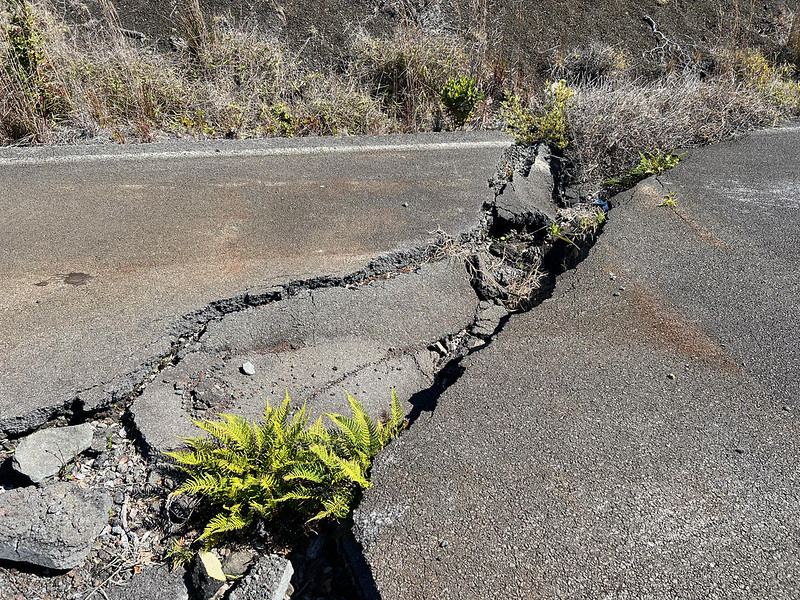
Beyond structural damage, essential services will face immediate and likely prolonged disruption. Without functional highways, grocery store shelves could empty within days, and gas stations may run out of fuel just as quickly. Recovery efforts will take time, with no quick fixes for damaged infrastructure, especially west of the Cascades. Oregon is so unprepared to survive a major earthquake, or to recover afterwards, that back in 2015, OPB made an entire documentary about it (which you can watch on their website for free), wanting to shed light on the problem before it's too late.
The Inevitable Reality Of A Major Earthquake In Oregon
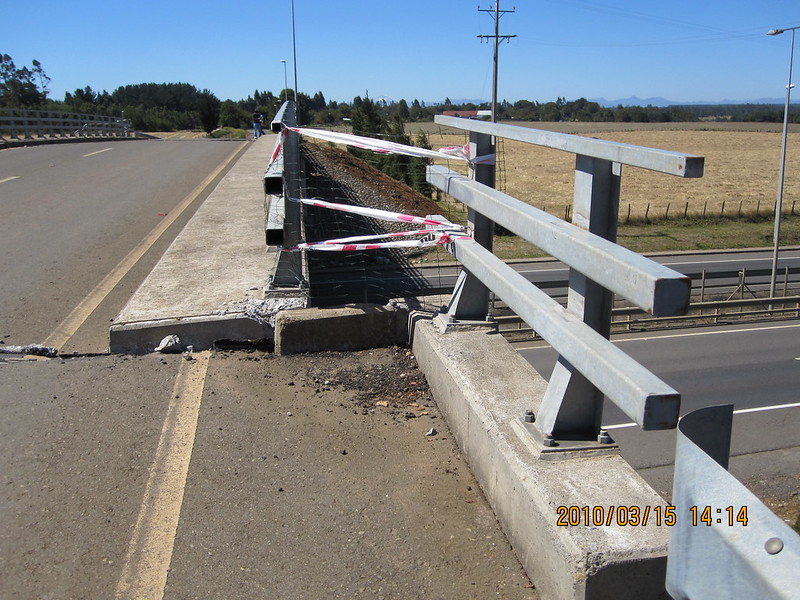
A Cascadia Subduction Zone earthquake isn’t a question of if but when. Geological evidence shows these megaquakes have occurred regularly over thousands of years, with a magnitude 9.0 event happening roughly every 526 years. The southern part of the fault, which includes Oregon’s coastline, has an even shorter cycle averaging 234 years. Since the last major quake now happened 315 years ago, Oregon is overdue for another big one.
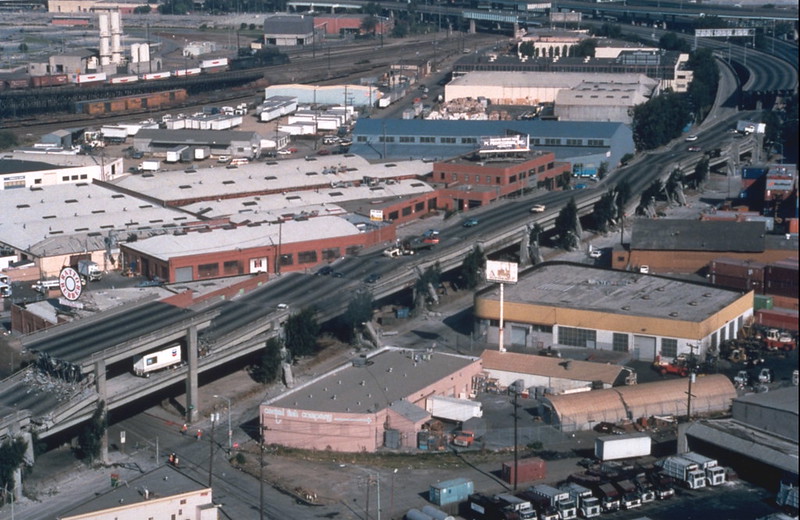
How bad will a 9.0 earthquake be for Oregon? Back in 2013 the Oregon Resilience Plan predicted that:
- 1,000 bridges in Oregon would be destroyed along with a 1,000 schools.
- The Willamette Valley would face a year without drinkable water or sewer lines, and up to three years of that on the coast.
- 27,000 plus households would be displaced.
- It could take up to four years for other services like fire and police to be restored.
- The list goes on.
But we've been working on things like retrofitting bridges since 2013 right? Doesn't that mean that our bridges and main travel routes are protected now? Even with the Oregon Resilience Plan, things are slow moving on the front of protecting Oregon's infrastructure. Back in 2021 it was decided that seven bridges on Highway 97 in and around Klamath Falls would be upgraded to protect against seismic activity. Three years later and the project is not yet complete in December of 2024. The point is that these things take time, and with a thousand or more vulnerable bridges in Oregon, it will be a long time yet until they are all strengthened or re-built to withstand any kind of major seismic event.
Preparing for an event of this scale is daunting, but essential. Reinforcing buildings, upgrading bridges, and ensuring emergency supplies are accessible will save lives and help communities recover more quickly. The "big one", or, "the really big one," as some are calling it, will test the resilience of Oregon and its residents, and only proactive preparation will make the difference between survival and catastrophe. You can get more information from the state of Oregon on how to prepare for an earthquake here.
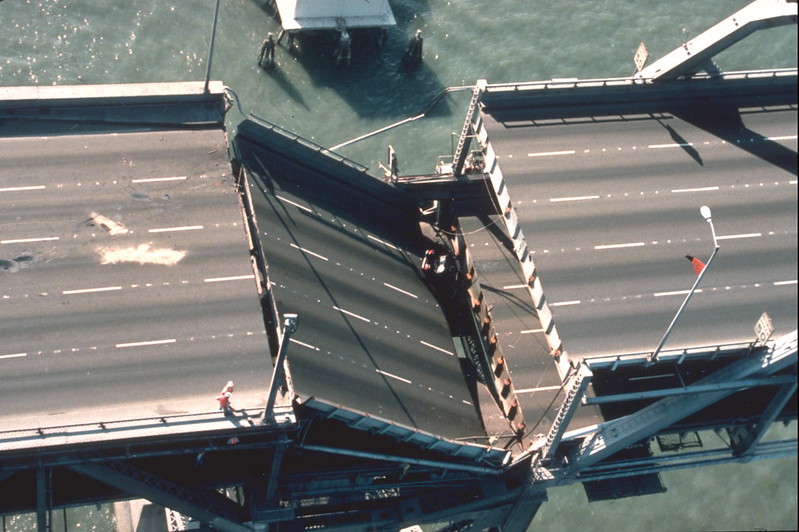
The time to figure out if you're truly prepared isn't during an earthquake or afterward, but before. So, are you prepared? Are you prepared for grocery stores to be empty? For roads into and out of your area to be so damaged that travel by road will likely be impossible for months, or potentially even years afterwards? Right now is the time to think about it and take action.

